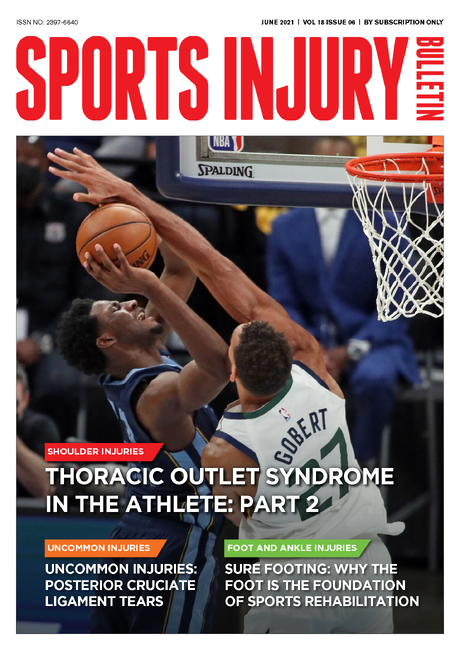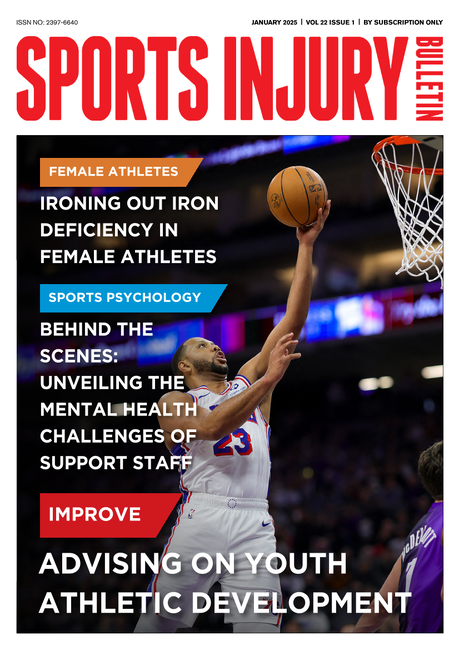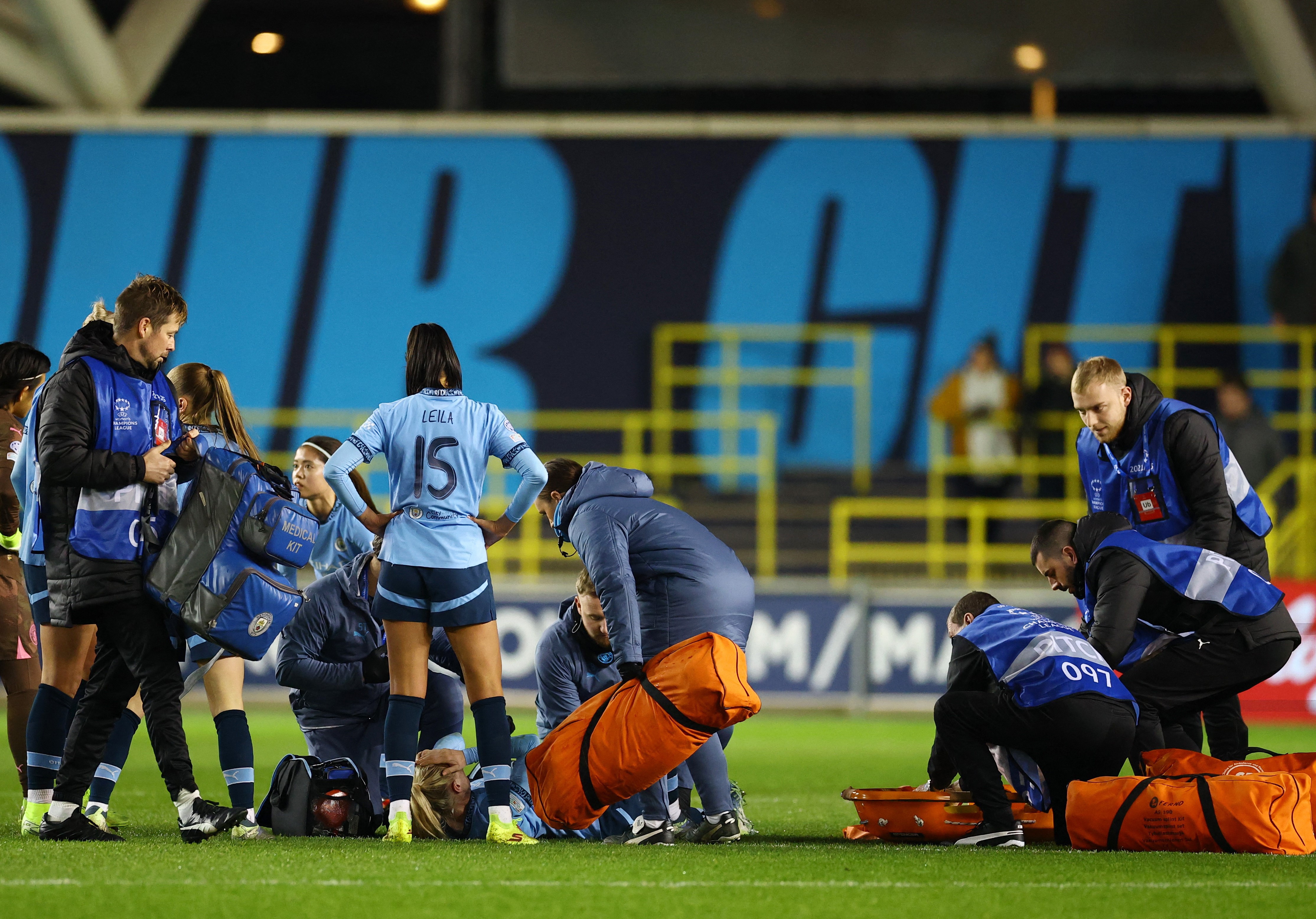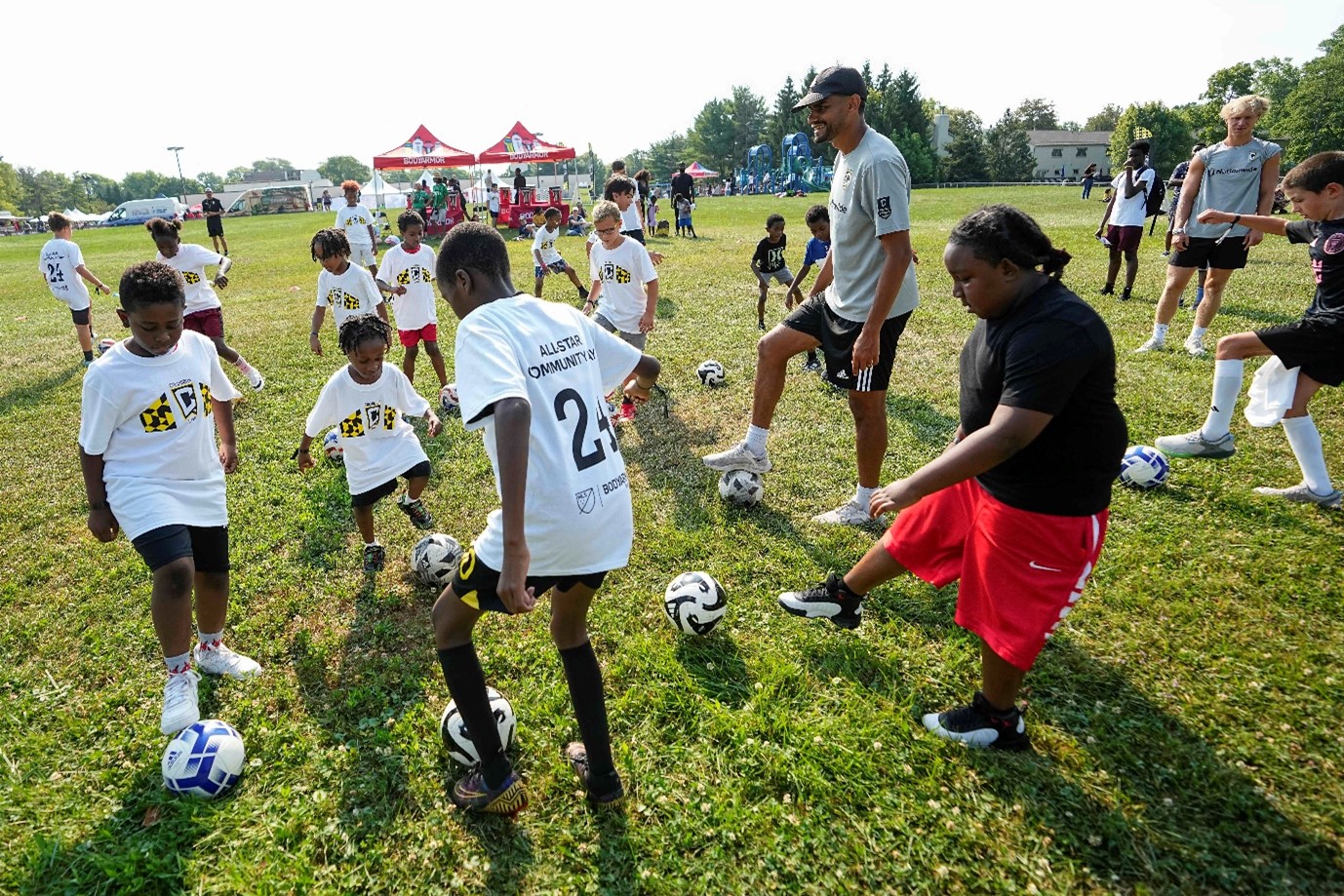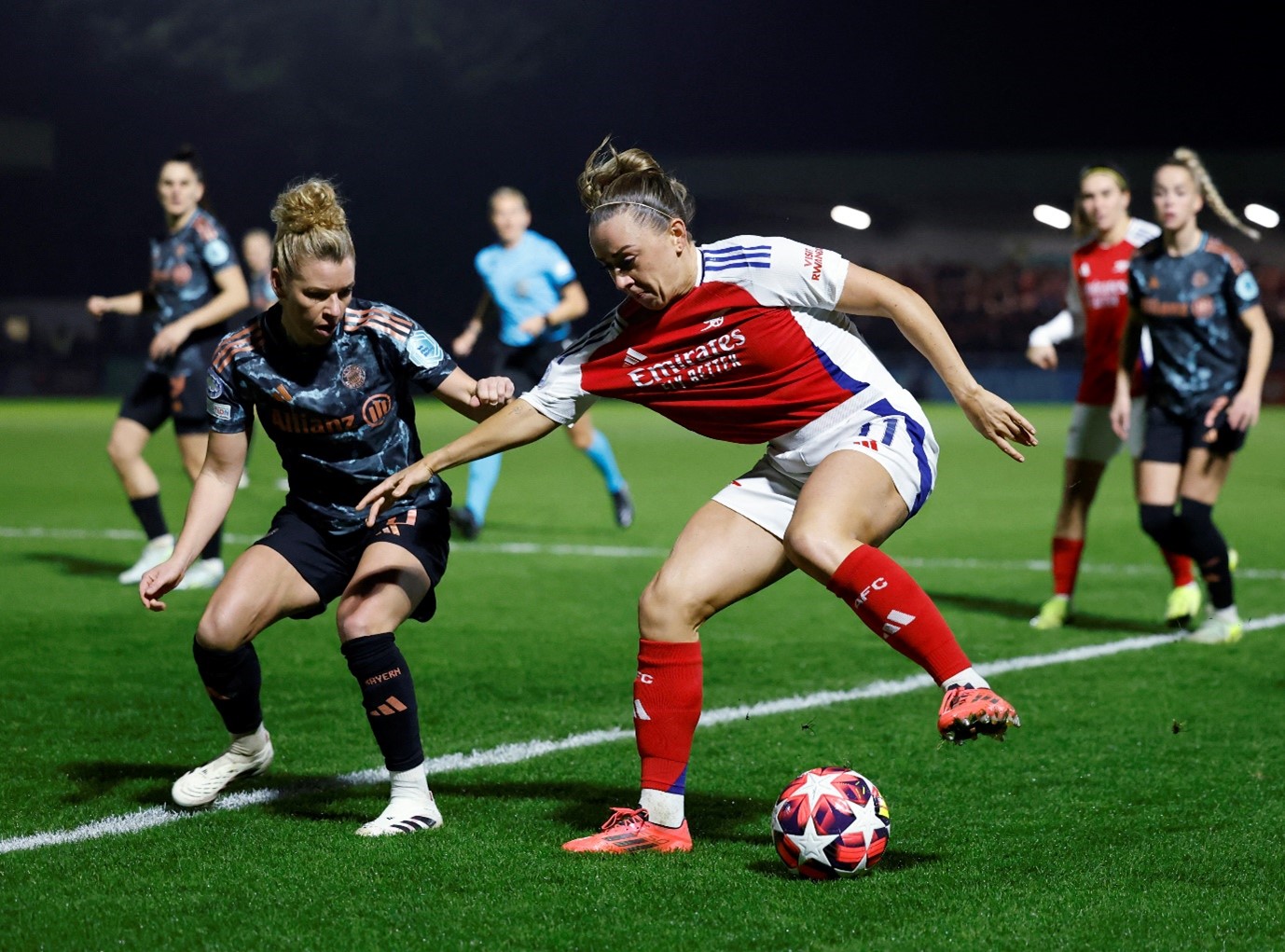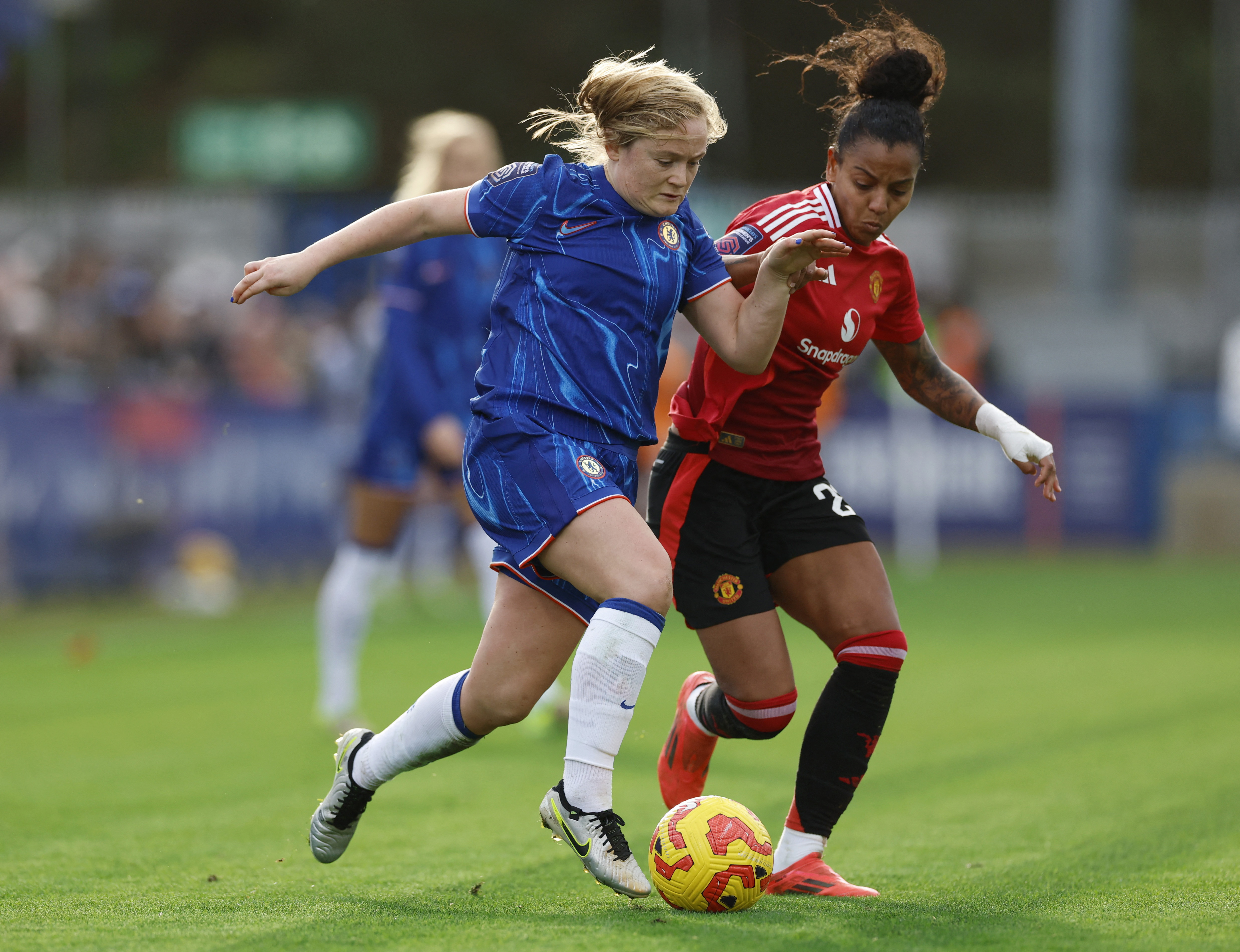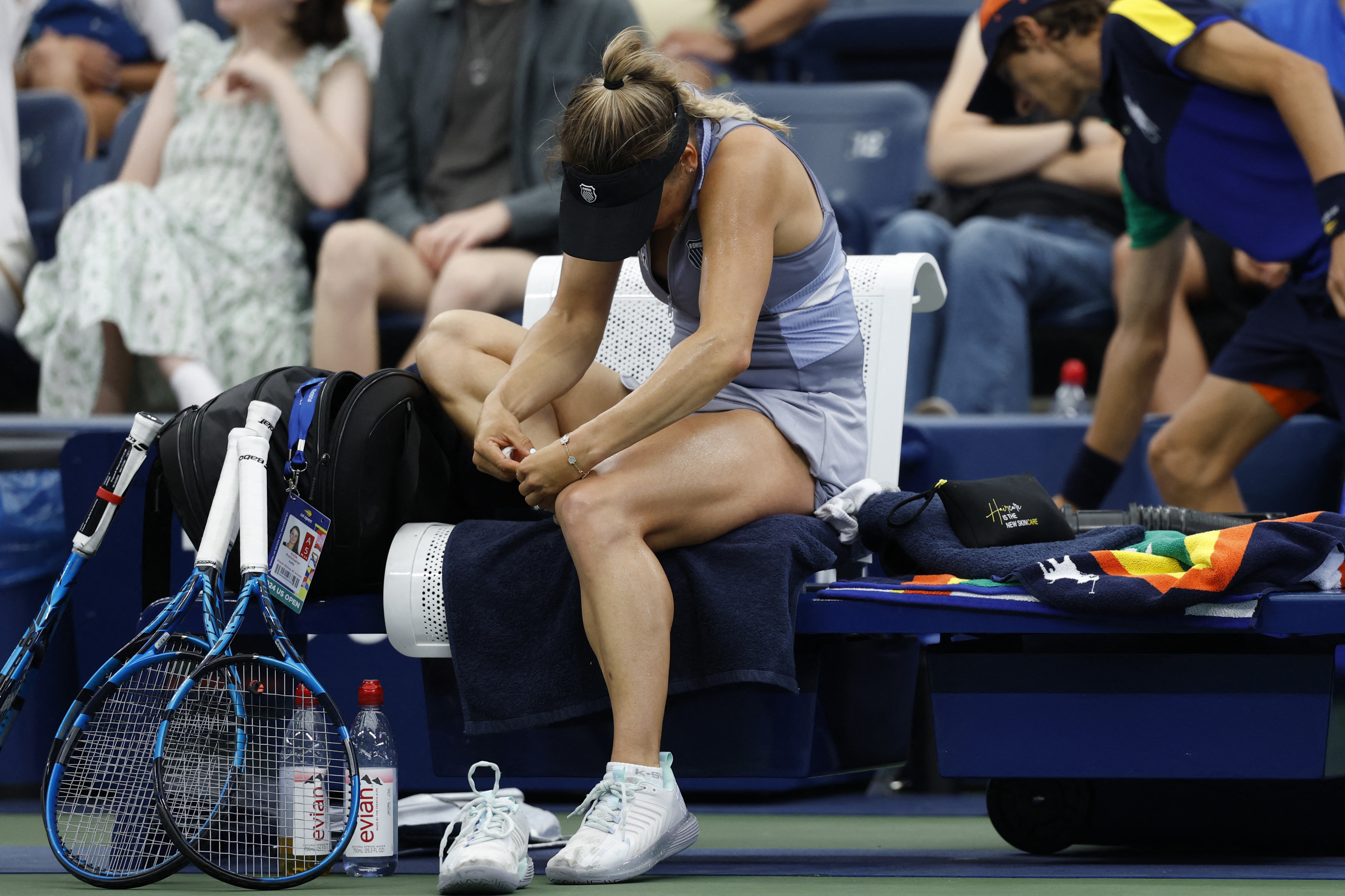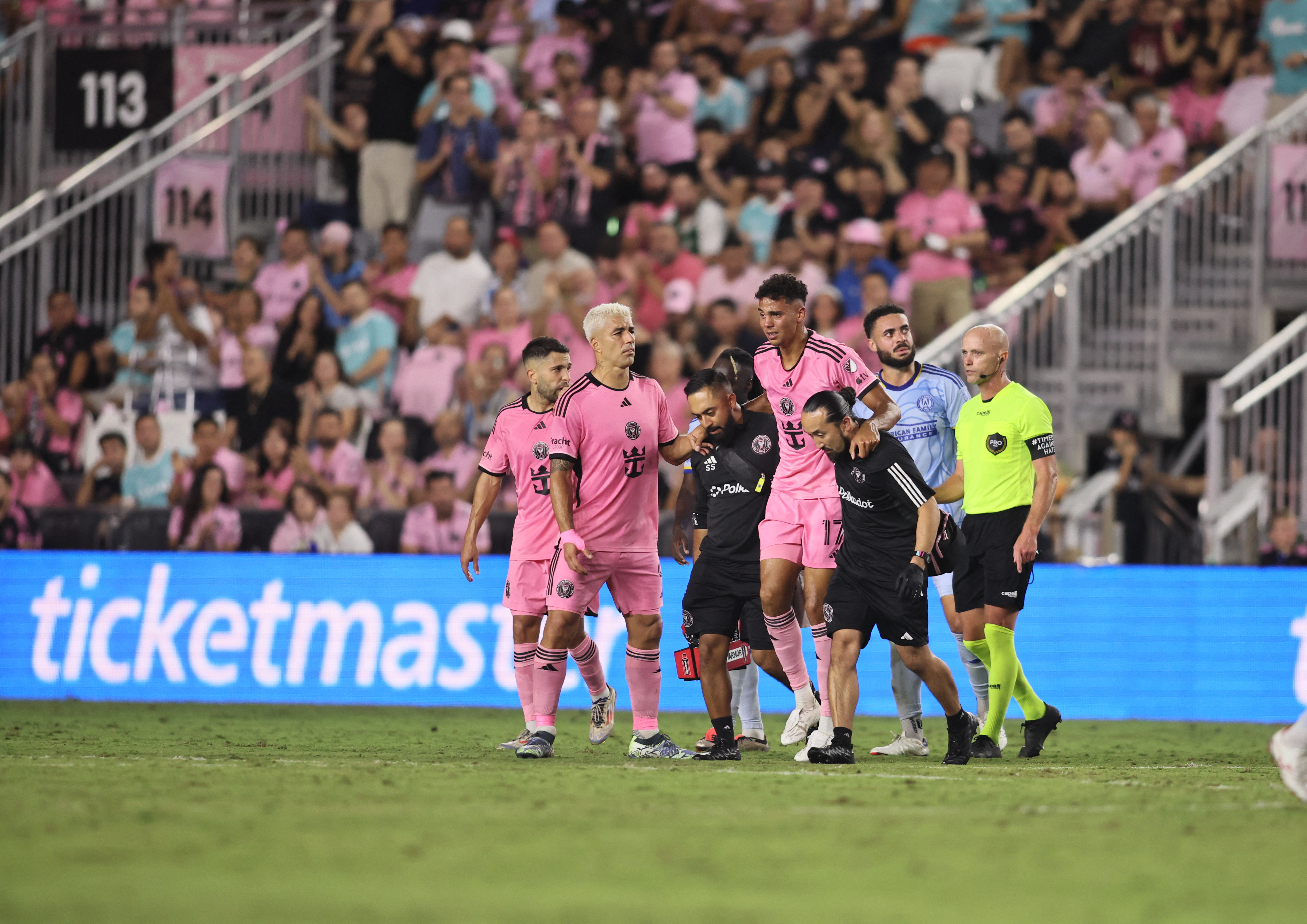You are viewing 1 of your 1 free articles
Injury prevention strategies for return to sport

Sports injuries impact an athlete’s performance, cause a reduction in participation time, affect team performance, impose a financial burden to both them and the healthcare service, and increase the risk of re-injury. Despite sports medicine research advances in injury prevention, injury rates remain frequent and high. Records suggest elite footballers sustain two injuries per season, giving one club 50 injuries per season to accommodate (1).
Perhaps the high rates of injury occur because athletes regularly train hard and mistake injury for delayed onset muscle soreness, a “normal” training response (2). Athletes strive for excellence and without proper guidance, often attempt to exceed their limits. They accept pushing beyond capabilities as a necessary strategy for success. Athletes may, therefore, accept the risk of injury with increased training levels as a necessary part of competition.
Because competition is so important, athletes may not adhere to the recommended prevention programs, preferring to focus on skills development and simulated game/contact time. Smaller game environments and drills are beneficial for skills and tactical development, however, they prevent players from reaching proper match fitness(2). This does not expose the athlete to full game situations and renders them at risk of injury when they are then exposed in a competitive, unpredictable environment without adequate preparation.
For injury prevention measures to be effective, the athlete must be compliant with a strategic plan detailing their risk, recommended periodization, load management, and strength training.
Risk analysis
To maximize injury prevention strategies, perform a risk analysis for each individual athlete. Consider both the internal and external risk factors, which when they interact, can either reduce or increase an athlete’s injury risk.The injury mechanism is the inciting event and the subsequent bio-mechanical breakdown is what causes the injury (see table 1). These events occur during a game or training session. Although many sports have their own specific common injury patterns, without a proper risk analysis, there is a large element of uncertainty as to which athletes are susceptible to injury. This describes acute and traumatic injuries only, as overuse injuries present some time after the inciting event as a result of an accumulation of or elevated risk factors.
| Internal risk factors | External risk factors | Potential inciting events |
|---|---|---|
| Age | Sports factors eg coaching, referee, rules | Game situation |
| Gender | Environmental factors eg playing surface, maintenance, weather | Opponent behavior |
| Body composition eg body weight, fat mass, anthropometry, BMI, alignment, joint range of motion/flexibility | Equipment eg helmets, protective guards | Biomechanical alignment variations during movement |
| Strength | ||
| History of previous injury | ||
| Skill level eg sports specific, technique, postural stability | ||
| Psychological factors eg motivation, competitiveness, level of taking risk |
There are three ways to reduce injury risks within sport; construct periodization plans for injury prevention, analyze load management, and implement specific strength training.
1) Periodization plan
A periodization plan strategically designs an athlete’s workload to ensure peak condition for competition and maximizes performance throughout the year. Each training session must stimulate the required physiological adaptations for enhanced performance and ensure the player is exposed to the correct loads at the correct times. If the training loads are mismanaged, there is the potential for performance plateaus, overtraining, and injury.
Off-season is the ideal time to implement injury prevention strategies, without interfering with competition and skill drills, or affecting workload(2). Many players use off-season to recover and take a break, however this is when they should focus on building their fitness and correcting muscle deficits. These training sessions should consist of lower volume and higher intensities(2).
Implementing injury prevention during the on-season training session is complex. The recommended prevention drills of high-intensity interval training (HIIT), rapid acceleration and deceleration, changes of direction, and eccentric exercises produce a post-exercise peak at around 47-72 hours, which would likely coincide with a match day, provide unwanted delayed onset muscle soreness, and affect performance (2).These exercises are therefore best performed the day after a match to ensure greater time between the exercises and the next match day. Eccentric exercises performed the day after a match also have fewer adverse effects than 3 days post-match(3). They could also be done at the end of a training session, as performing eccentric exercises in a fatigued state gives better maintenance of eccentric strength during competition (4).
When implementing prevention programs into training schedules, load increases as a direct result of additional exercise drills. Monitor the balance between load applied and an athlete’s load capacity through load management.
2) Load management
All training sessions, games and competitions expose the athlete to a workload. Injury risk increases with workload and therefore every session poses a risk. Workload contributes to injury in three ways:
- External risk factors and potential of inciting events;
- Fatigue, or negative physiological effects;
- Fitness, or positive physiological adaptations (5).
Training sessions are designed to elicit a physiological response in the athlete to enhance their performance, and therefore the workload applied must be high enough to cause these physiological adaptations, such as improve aerobic fitness, strength, endurance etc. This in turn protects against injury by ensuring the athlete is fully prepared and can withstand the risks of the external factors, making them more resilient to the potential inciting events (see figure 2).
Figure 2: Schematic representation of the injury risk process in sport.

Chronic exposure to high loads has been proven to enhance physical capability and performance and is less associated with increased injury risk. For example a 10-fold increase in load is associated with a 10% increase in performance(6). When workloads are consistently 5-10% of the preceding week, athletes have a less than 10% risk in injury(6).
Conversely, when workloads increased by 15% or more than the preceding week, injury risk rose to 21-49% (6). The highest incidence of injury occurrence was when the loads were at their greatest(6). It is this rapid increase in load that causes injury more so than the accumulation, and so consider the acute:chronic workload ratio when planning a return to play schedule(1). Acute spikes in workload influence injury risk, and this risk is even greater when the chronic load has been consistently low. With chronic low-load training, the athlete is never fully exposed to the demands of sport and therefore not fully prepared. The recommended acute:chronic workload is no greater than 1.5. Any ratio above this has a 2-4 fold increase in injury risk within the subsequent next 7 days(7).
Therefore training plans with optimal load management should provide progressive exposure to high loads to give an accumulation, whilst also minimizing acute spikes. Except for at the very low end of the activity spectrum, where 10% would give minuscule increases, return to play training is guided by increasing the weekly workload by a maximum of 10% per week(5).
3) Strength training
The implementation of strength training programs significantly reduces sport injuries, with lowering acute injury rates by more than a third, and overuse injuries by almost half(8). Multicomponent programs are the most beneficial in injury prevention(9).Included a range of strength, balance, plyometric and agility exercises, rather than one component alone. The combination of strength and balance exercises are the most effective at reducing injury rates(9). This may be because these exercises provide a protective effect by improving muscle strength and joint proprioception.
The added combination of plyometric and agility exercises may protect the knee during dynamic movements by reducing the risk of injuries associated with knee valgus positions(10).Plyometrics improve landing techniques and thus the knee position, ensuring correct biomechanics and a reduction in joint strain.
Injury reduction appears the most successful with eccentric exercises (see figure 3). Nordic hamstring exercises reduce injury by 51% across multiple sports and levels of competition(11). Eccentric exercises likely cause morphological changes, such as the stimulation of Type I collagen fibers (the stronger collagen fibers required for muscle growth)(12). This allows the muscle to generate and withstand greater forces.
Figure 3: Nordic hamstring exercise.

Summary
- Athlete injury risk may remain high as they maximize their limits and accept risk as part of their sport. They may have lower adherence to prevention programs that take them away from skills development and mistake injuries for normal delayed onset muscle soreness.
- Risk analysis should account for internal and external factors, as well as potential inciting events.
- Periodization plans ensure workload is enough to stimulate change and prepare for maximum performance without overloading. Workload should be distributed according to the season.
- Load management strategies should ensure a weekly workload does not exceed more than 10% of the preceding week and an overall acute:chronic workload ration of no greater than 1.5.
- Strength and conditioning programs should include a combination of strength, balance, plyometric, and agility exercises, and focus on eccentric exercises.
References
- Br J Sports Med. 2019;0:1–9.
- Br J Sports Med Epub ahead of print: [29/09/2019]. doi:10.1136/bjsports-2018-100262
- Scand J Med Sci Sports 2018;28:2216–25.
- Strength Cond Res. 2009;23:1077–83.
- Br J Sports Med. 2017;51:428–435.
- Br J Sports Med 2016;50:273–280.
- Br J Sports Med. 2014; 48:708–12.
- Br J Sports Med. 2014;48:871–877.
- Br J Sports Med. 2019;53:282–288.
- J Athl Train. 2007;42:311–9.
- Br J Sports Med 2019;0:1–10. doi:10.1136/bjsports-2018-100045
- J Orthopaedic S Phys Therap. 2015. Nov: 45(11); 853-863.
Newsletter Sign Up
Subscriber Testimonials
Dr. Alexandra Fandetti-Robin, Back & Body Chiropractic
Elspeth Cowell MSCh DpodM SRCh HCPC reg
William Hunter, Nuffield Health
Newsletter Sign Up
Coaches Testimonials
Dr. Alexandra Fandetti-Robin, Back & Body Chiropractic
Elspeth Cowell MSCh DpodM SRCh HCPC reg
William Hunter, Nuffield Health
Be at the leading edge of sports injury management
Our international team of qualified experts (see above) spend hours poring over scores of technical journals and medical papers that even the most interested professionals don't have time to read.
For 17 years, we've helped hard-working physiotherapists and sports professionals like you, overwhelmed by the vast amount of new research, bring science to their treatment. Sports Injury Bulletin is the ideal resource for practitioners too busy to cull through all the monthly journals to find meaningful and applicable studies.
*includes 3 coaching manuals
Get Inspired
All the latest techniques and approaches
Sports Injury Bulletin brings together a worldwide panel of experts – including physiotherapists, doctors, researchers and sports scientists. Together we deliver everything you need to help your clients avoid – or recover as quickly as possible from – injuries.
We strip away the scientific jargon and deliver you easy-to-follow training exercises, nutrition tips, psychological strategies and recovery programmes and exercises in plain English.

